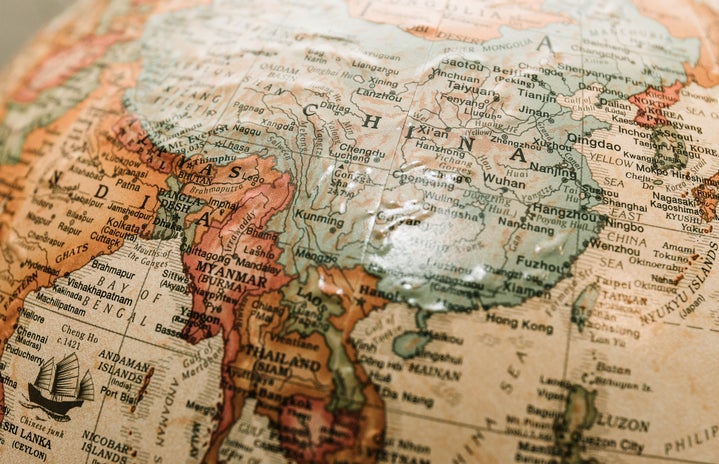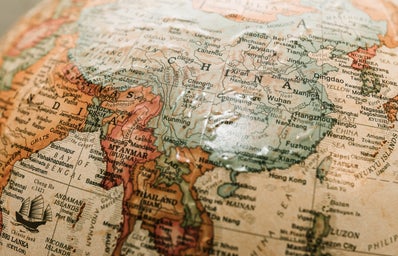Ever heard of the Koh-i-Noor?
No?
About time you do.
The Koh-i-Noor, also spelt as Kohinoor, is one of the largest cut diamonds in the world, weighing in at 105.6 carats, believed to be mined from the Kollur Mines, and is currently sitting on the Crown of the Queen Mother, the crown we have seen the late Queen Elizabeth wear often to official state events.
The Kohinoor has not always belonged to the British Crown and in fact was in India before it landed in the hands of the British empire. Due to colonization and its legacy of looting, the Kohinoor has a very bloody history behind it with India still claiming rights to the diamond to this date, demanding it back from the British Crown. However numerous countries, not only India, claim a right to the precious diamond, including countries Pakistan, Afghanistan and even Britain themselves.
Complicated, isn’t it?
Allow me to give you a brief introduction on the diamond.
For hundreds of years, India had been the world’s only source of diamonds until 1725, when diamond mines were discovered in Brazil. In Indian ancient courts, jewelry were seen as the principle form of richness and were seen as an another form of court hierarchy with the world’s oldest texts on gemology also originating from India. Diamonds have long since been since as the most valued gemstone in society and the status remains till date.
Although the exact moment of the Koh-i-Noor’s discovery is yet to remain unknown, and probably will remain unknown, the diamond is mentioned for the first time in historical texts belonging to royalty sometime around the early 1300’s. At this time India remained untouched by foreign invaders and the diamond enjoyed its place in its home land.
When the Mughals first came around in 1500’s and defeated the state of Delhi at the time, the diamond was taken over in the Mughal regime’s hands and ever since the diamond has traveled to different kings and kingdoms, being reshaped into either crowns or bracelets and even traveling to foreign lands such as Persia and present day Afghanistan.The Koh-i-Noor finally landed back to Indian soil in the early 1800’s and is handed over to the King of the Northern Punjab State as an exchange in return for being granted a favor.
However tragedy strikes the kingdom of Punjab, with the King passing away and the British empire annexing the state of Punjab under its rule. The then 11 year old King of Punjab is made to sign over the kingdom and the diamond over to the British throne before being made to step down from his throne.
The diamond was taken to England and eventually reshaped, shaving of significant portions of the diamond, to have it become into what it is today and has ever since remained in the British Crown with the United Kingdom continuing to maintain their ownership over the gem.
The Koh-i-Noor has spent a very turbulent past before finally settling down in the hands of the British however the legitimacy of the handover is still widely to be debated and questioned. Despite being mined in India, its origins are still questioned and many countries and cultures claim ownership over it, wanting to possess the valuable gem.
Due to the Koh-i-Noor’s history of traveling around and residing in many different kingdoms over the years, it seems that everyone believes they have a claim over it where in reality the diamond lies legally in the British hands and is almost impossible for India to claim it back.
Even though many Indians pride over the large cut diamond, the Koh-i-Noor sitting on the British crown is nothing else but another harsh evidence of the brutal and bloody colonization the Indian sub-continent suffered through and the looting which stripped the country of its wealth.


